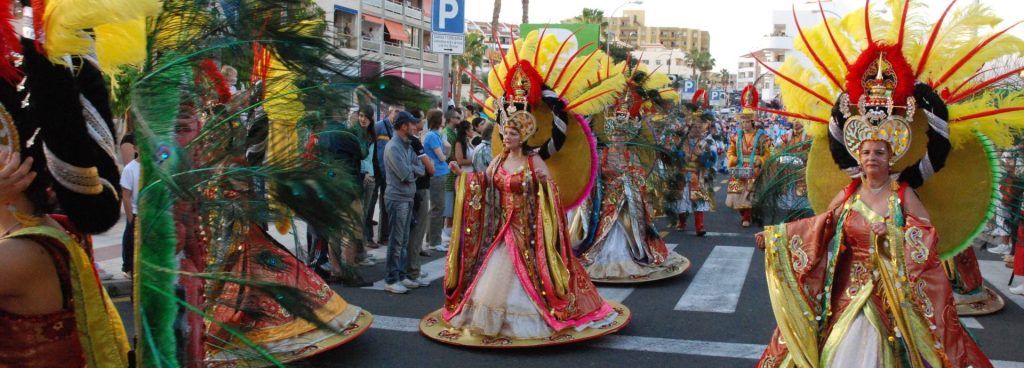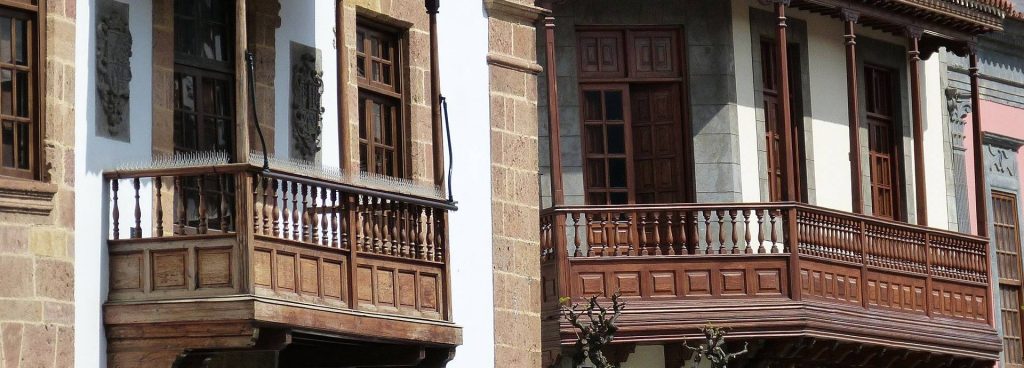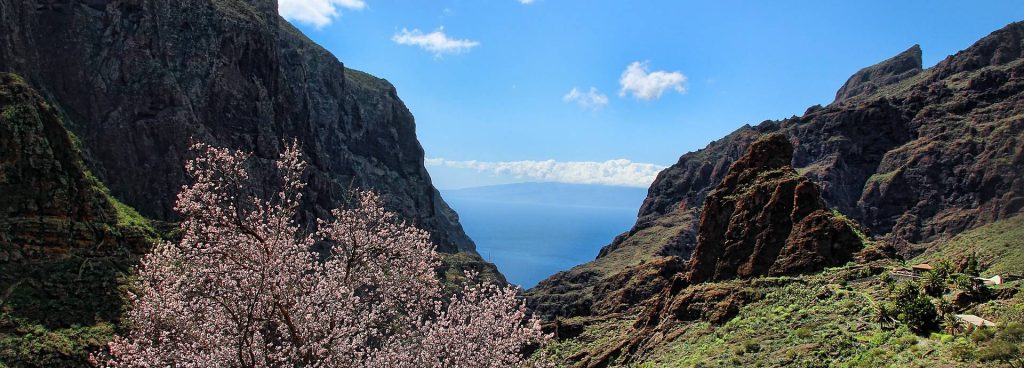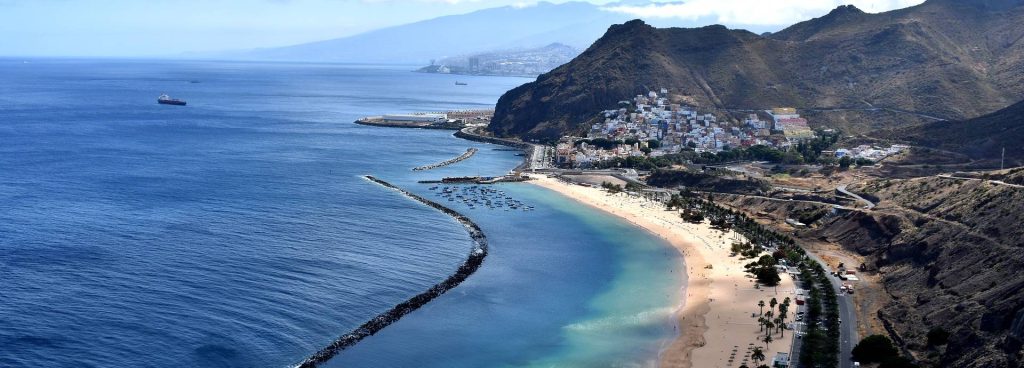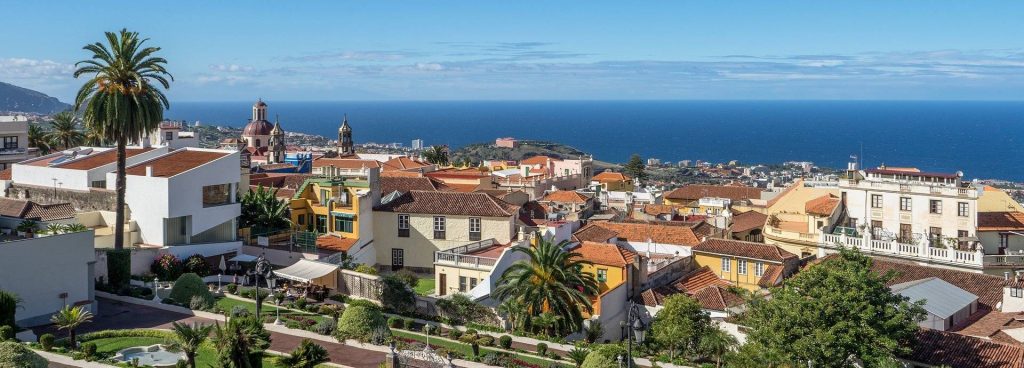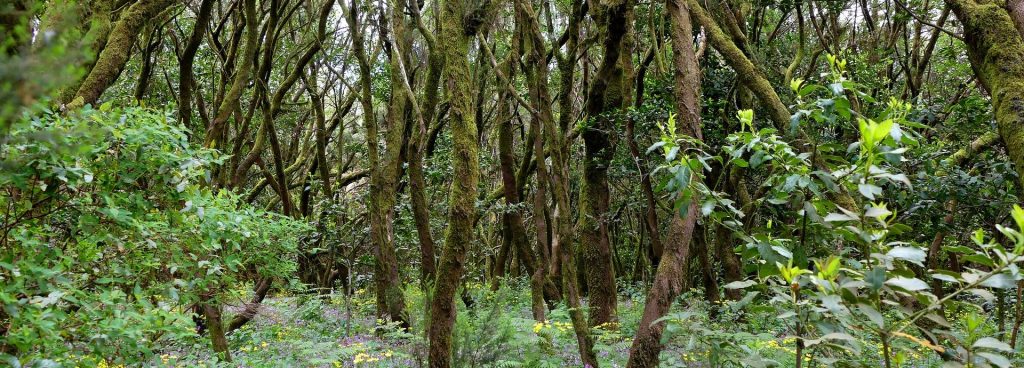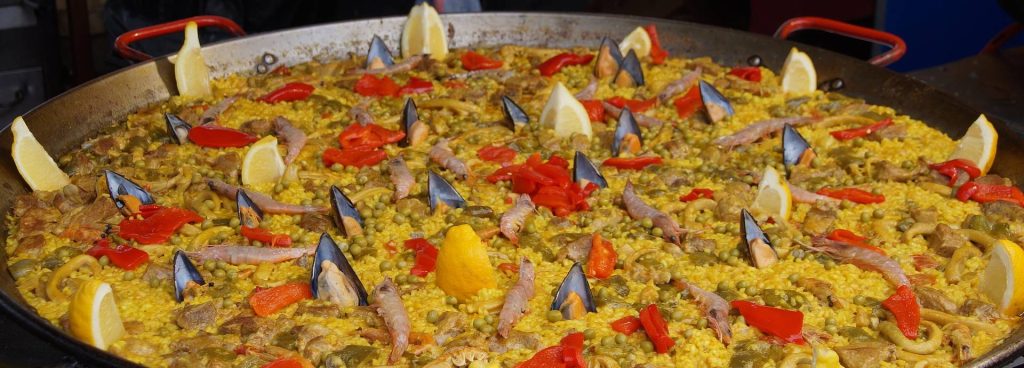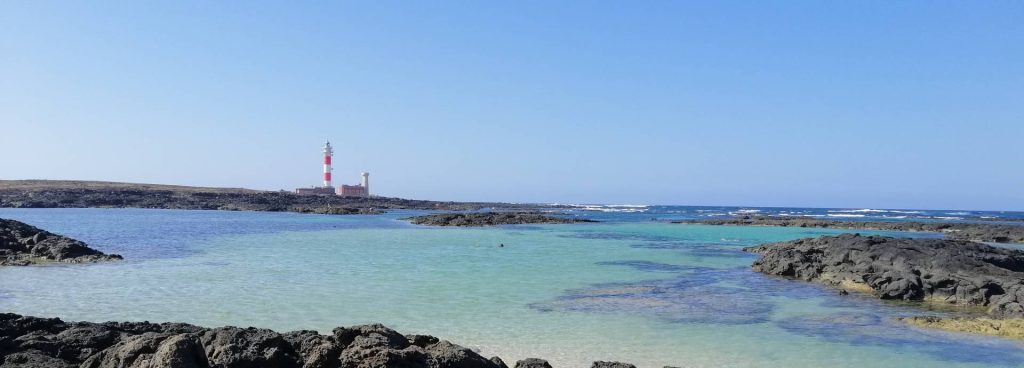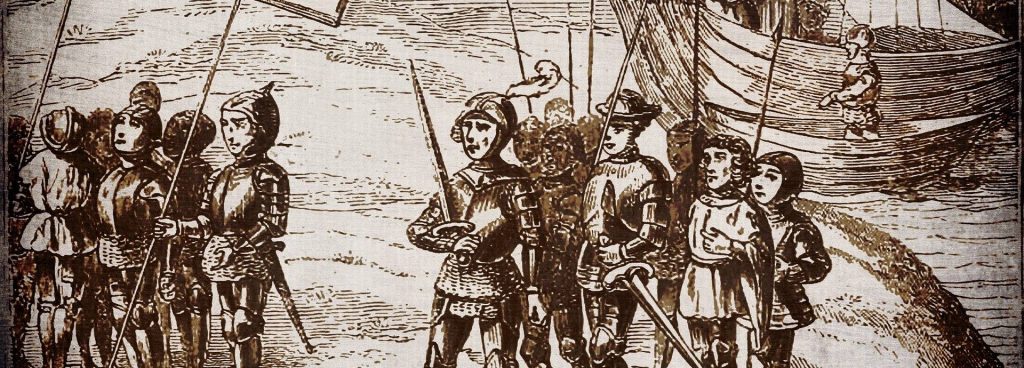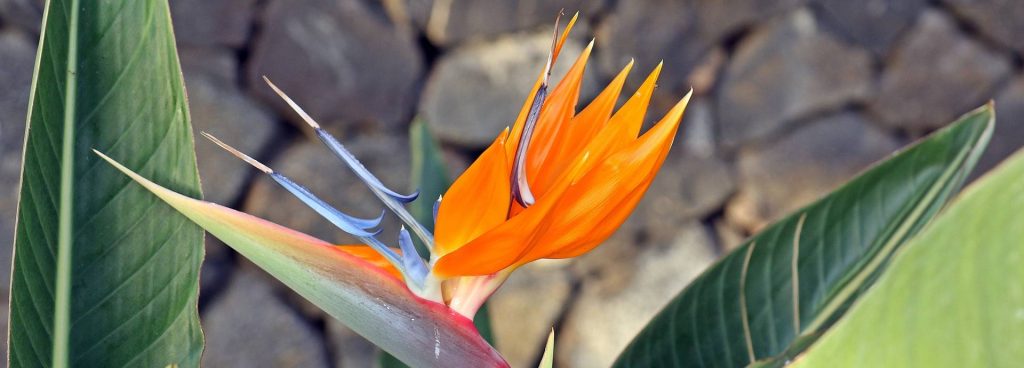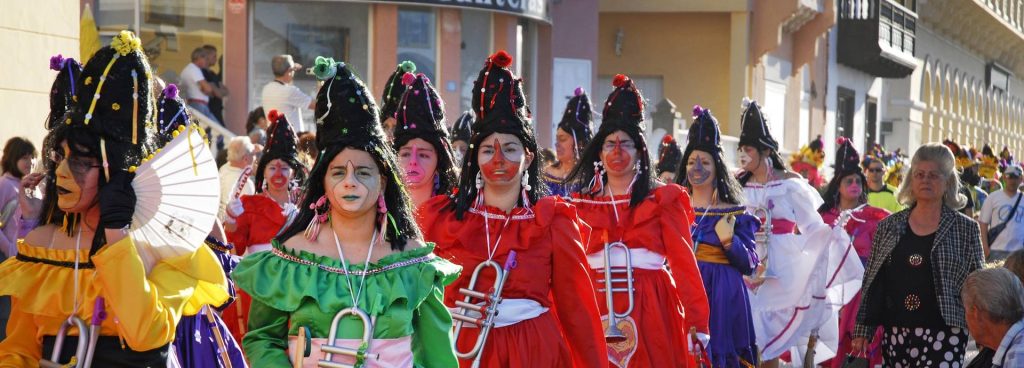Home cooking and fine wines
Canarian cuisine
The island's gastronomy is a cultural aspect that is less known to visitors and that is hardly noticed. Nevertheless, the cuisine is very interesting and can give an extremely pleasant surprise to those who occasionally do without their usual fare or international cuisine during their vacation.
Canarian cuisine has its roots in the simple, hearty cooking methods of farmers and fishermen, and the many authentic spices make it extremely tasty.
almogrote
The spicy cheese paste is one of the culinary classics of La Gomera. It is the ideal companion to Canarian potatoes, meat or fish. It is still made today as it was in grandmother's time: by hand from spicy goat or sheep cheese, paprika, garlic, olive oil and salt, sometimes with tomatoes.
gofio
The unusually nutritious staple food of roasted and ground corn, barley or wheat, handed down from the Guanche kitchen, is unknown outside the Canary Islands. The flour-like Gofio requires very little liquid to be consumed, which makes it extremely practical to use and much easier to digest than bread. Even today it is an integral part of Canarian cuisine and there are hardly any limits to its use. Only cooking and baking should be avoided because Gofio then loses its ability to bind.
Cheese
The Canary Islands are the region with the highest cheese consumption in Spain, 14 to 16 kg are consumed per person per year. Almost half of this amount is produced on the islands themselves. Goat's milk is preferred for the production, because the goats at home give a lot of milk of very good quality. The most popular cheese is the Queso fresco, a very young and fresh cheese with an intense milk taste. It is also available smoked, peppered, with almonds or gofio - you can eat it straight, fried or with fruit as an aperitif.
Papas arrugadas with mojo
For many, the shriveled potatoes are a real discovery. Small potatoes are cleaned thoroughly and then boiled in plenty of sea water with their skin on. The salt settles on the skin and the potatoes are eaten in exactly the same way: complete with skin and salt crust. The small potatoes with their almost black skin and yellow meat are particularly tasty. Mojo is a must with papas.
Mojo
This is a thick sauce that should not be missing from any Canarian meal. The red, more or less spicy sauce, which goes best with meat dishes, is classic. The green, milder sauce consists of many herbs and is served with fish.
Pucheros
Hearty stews and soups are just as popular because of the simplicity of the ingredients, and almost every town or village has its own recipe. The ingredients are mostly similar: lots of vegetables, potatoes and a piece of bacon.
Old clothes
A typical stew made from leftovers from the day before. It consists mainly of chickpeas as well as potatoes and all kinds of leftover meat and is served in a hearty sauce.
Fish
Thanks to the abundance of fish in the Atlantic, the island is a paradise for fish lovers and the choice of dishes is almost limitless. It is tastiest à la plancha (grilled), but also as a stew, as a so-called cazuela, it is a delight for the palate.
Seafood
Chipirones (fried small squids), pulpo (tentacles of the squid) Galician style or deep-fried, mejillones (mussels) in lemon or garlic sauce, prawns and prawns - all of this is often served as a starter in fish restaurants.
Conejo salmorejo
The meat of a rabbit is placed in a spicy stain overnight and then braised with lots of herbs and saffron. Be sure to try!
Lamb
Lamb is mainly served in country inns and comes straight from the oven onto the table.
frangollo
A dessert made from milk and corn. It is refined with raisins or syrup and is a very sweet way to end a meal.
Potaje de Berros - cress stew
The islanders love this hearty stew. It consists of its namesake, watercress, white beans, potatoes, corn, pork and various herbs and spices. Traditionally, the cress soup is served in a rustic style on carved wooden plates - bon appetit!
Miel de Palma - palm syrup
Palm honey is a real culinary treasure. It is obtained from the juice (guarapo) of the Canarian palm and is often and abundantly used in the cuisine of La Gomera. It refines many desserts and cocktails, it is served as an addition to various dishes or used to sweeten dairy products - a cherished tradition that is still carried on today.
The island wine
The grapevines came to Tenerife in the luggage of the Spanish conquerors in the 16th century. The very first vine was probably planted in 1497 by a Portuguese named Fernando de Castro. The first wines that were pressed here were white wines. The earlier fame of Canarian wines was founded on the noble Malvasia variety from the island of Crete, which thrived particularly well here. A fruity-sweet wine with up to 20% alcohol content was obtained from it, which made wine history as a canary sack.
In the 16th and 17th centuries it was just as popular at European aristocratic courts as it was in the Spanish colonies. Tenerife, La Palma and Lanzarote converted almost all of their agriculture to viticulture, while the other islands produced food
took over.
The decline of Canarian wine was gradual. From the middle of the 17th century the English imported their wine from Madeira in Portugal and from Porto for political reasons. Málaga and Jeréz in southern Spain entered the wine trade with a similar product (sherry). With the wars of independence of the Spanish colonies, a safe market was lost. In the 19th century, the infestation of the vines with phylloxera and powdery mildew finally meant the end of wine exports.
In the 20th century, the winegrowers cultivated part of the vineyards again. They planted robust, less noble varieties and produced simple table wine for their own consumption. In the mid-80s, viticulture flourished again. On the initiative of the island government
With the help of new cultivation methods and careful processing, quality wine was again produced with the Denominaciones de Origen label. This designation is comparable with the German designation quality wine for certain growing areas (QbA). The focus is no longer on varieties like the heavy, sweet Malvasia, but rather dry white and strong red wines, which have already won awards at international trade fairs. Wine from Tenerife has since been available in local specialist shops and has good prospects of being exported again, because these are wines with a very special character that are matured in five different types: tradicional, maceración, barrica, crianza and reserva.
So don't miss out on trying one of the island's typical wines, perhaps with a delicious roast lamb and papas arrugadas con mojo!

